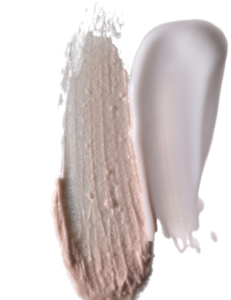
03 Jul Sunscreen Tips
Choosing the right sun protection and applying it properly are the most important steps you can take to protect your skin from the sun’s harmful rays, even if you live in Vancouver. It sounds simple, but these steps are often misunderstood. Here are the basics:

- Use a broad-spectrum, mineral based, water-resistant sunscreen with an SPF of 30 to 50.
- Mineral sunscreens (which contain zinc oxide and/or titanium dioxide to physically block ultraviolet radiation) is a healthier option to chemical sunscreens (which contain compounds such as oxybenzone, avobenzone, ecamsule, padimate O, PABA, octyl methoxycinnamate, and octyl salicylate among others that absorb the sun’s rays). Mineral sunscreens are a better choice as they sit on top of your skin and don’t enter the bloodstream. See the Environmental Working Group’s 2017 Sunscreen Guide to help you choose yours!
- About two tablespoons (six teaspoons) is enough sunscreen for the average adult body, with about one teaspoon allotted for just your face.
- Apply sunscreen about 15 minutes before going out in the sun and reapply it every couple of hours.
In 2013, new labels began appearing on sunscreen bottles per orders from the FDA. Some of the changes affect the terms permitted on labels. The term “sunblock” is no longer allowed, nor are the descriptions “sweat proof” and “waterproof.” Instead a sunscreen can be called “water resistant,” but only for either 40 or 80 minutes—and only if it passes an FDA test.
But the more important terms focus on what sunscreen can prevent. For a label to claim the sunscreen can prevent sunburn, the product must pass the sun protection factor (SPF) test. This test shows how long a sunscreen protects you from ultraviolet B (UVB) rays that cause sunburn. SPF levels range from 2 to more than 70. The higher the number, the longer the protection lasts. Say, for example, your skin turns red after 10 minutes in the sun. Sunscreen with an SPF of 15 would prevent your skin from turning red for 150 minutes under the same conditions.
You might think that an SPF of 30 would work twice as well as an SPF of 15, but that’s not necessarily the case. While SPF 15 filters out approximately 93% of all incoming UVB rays, SPF 30 filters out 97%, and SPF 50 boosts that to 98%.
The American Academy of Dermatology (AAD) recommends using a broad-spectrum, water-resistant sunscreen with an SPF of at least 30. According to both the AAD and the FDA, you don’t need a sunscreen with an SPF higher than 50 because there’s no evidence that products with higher SPFs offer any additional protection.
For a product to claim it can prevent skin cancer, it must pass the broad-spectrum test. This shows whether a sunscreen can protect your skin from ultraviolet A (UVA) radiation, which contributes to skin cancer and early skin aging, as well as UVB rays.

